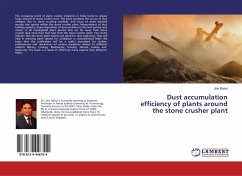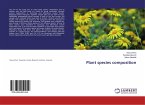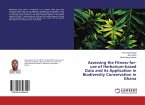If you look around at all the different types of plants growing on land, they can be put into one of four groups. These groups are bryophytes, pteridophytes or seedless plants, gymnosperms and angiosperms. The most complex of these groups is the angiosperms or flowering plants. Bryophytes are also called non-vascular plants because they do not have vascular tissue. The other three groups have true vascular tissue made up of tubes that they use to transport water, minerals, and sugars from one place inside the plant to another. Examples of bryophytes are mosses, hornworts, and liverworts. This category of plant cannot grow very big because it uses mainly simple diffusion to get transport water and other materials.
Hinweis: Dieser Artikel kann nur an eine deutsche Lieferadresse ausgeliefert werden.
Hinweis: Dieser Artikel kann nur an eine deutsche Lieferadresse ausgeliefert werden.








